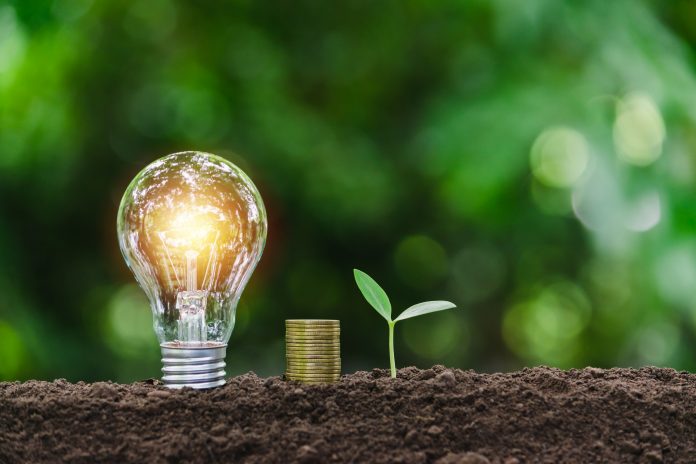Ditte Juul Jørgensen, Energy Director General of the European Commission explains how the energy sector can contribute to Europe’s economic recovery
Energy and climate action
The proposed recovery package consists of €1,824.3 billion, which combines the Multiannual Financial Framework (MFF) and an extraordinary recovery effort, the Next Generation EU (NGEU) proposal. Under this instrument, the European Green Deal and energy and climate action, in particular, take a prominent role. The ambition is to at least double the annual renovation rate of the existing building stock, to invest in technologies key for the clean energy transition, such as renewable and energy storage technologies, clean hydrogen, and batteries, and to work on additional initiatives on offshore energy and energy system integration.
Concretely, on system integration and hydrogen, two important Green Deal strategies have been put forward recently, the first major concrete Green Deal initiatives in the energy field since its launch.
The green energy transition
The Strategy for Energy System Integration will improve and integrate Europe’s energy systems and will lay down the foundations for the framework for the green energy transition. 75% of the EU’s greenhouse gas emissions come from the energy sector, making it imperative for the EU’s energy system to become more integrated and flexible in order to accommodate the cleanest and most cost-effective energy solutions. The current model where energy consumption in transport, industry, gas and buildings is happening in ‘silos’ – each with separate value chains, rules, infrastructure, planning and operations – cannot deliver climate neutrality by 2050 in a cost-efficient way; the changing costs of innovative solutions have to be integrated in the way we operate our energy system. New links between sectors must be created and technological progress exploited.
Energy system integration means that the system is planned and operated as a whole, linking different energy carriers, infrastructures, and consumption sectors. This connected and flexible system will be more efficient, and reduce costs for society. For example, this means a system where the electricity that fuels Europe’s cars could come from the solar panels on our roofs, while our buildings are kept warm with heat from a nearby factory, and the factory is fuelled by clean hydrogen produced from offshore wind energy.
EU Hydrogen Strategy
As for hydrogen, in an integrated energy system, this new fuel can strongly support the decarbonisation of industry, transport, power generation and buildings across Europe. An EU Hydrogen Strategy has also been presented recently to transform this potential into reality, through investments, regulation, market creation and research and innovation. Hydrogen can power sectors that are not suitable for electrification and provide storage to balance variable renewable energy flows, but this can only be achieved with coordinated action between the public and private sector, at EU level. The priority is to develop renewable hydrogen, produced using mainly wind and solar energy. However, in the short and medium-term, other forms of low-carbon hydrogen are needed to rapidly reduce emissions and support the development of a viable market.
“Europe must come out of the COVID-19 crisis stronger and more confident. The Green Deal is, therefore, the cornerstone of the economic recovery and, together with the recovery package agreed by the EU at the end of July, it will help Europe rebuild itself after the pandemic and will support all the necessary investments in the green transition.”
Together with these fresh new proposals, the Commission intends to bring forward other energy initiatives during the course of 2020 that will help in the recovery. Firstly, to boost the energy efficiency of Europe’s building stock, we will launch an EU-wide building renovation wave. Secondly, to harness the potential of offshore wind power, we will present a comprehensive offshore wind strategy in the fall. In parallel, a methane strategy will also be tabled in order to address emissions of this harmful greenhouse gas.
Digital, green and resilient
These strategies, together with all the other European Green Deal initiatives, should put us firmly on the path of a green recovery that decarbonises our economy by 2050. The energy sector thus becomes a key vehicle and growth engine to help overcome the economic damage caused by COVID-19, by creating new growth opportunities, fresh investments in cleantech and sustainable job creation. Europe’s future will be digital, green and resilient, and energy will play its role in this journey.











